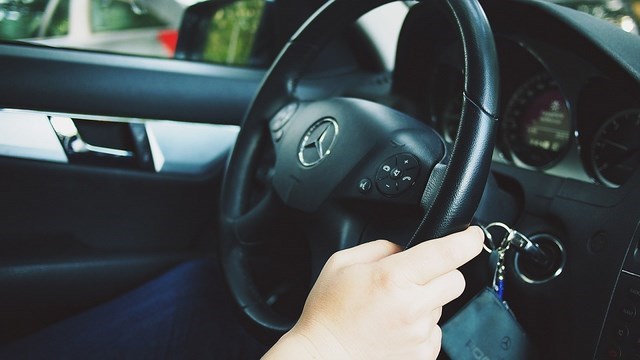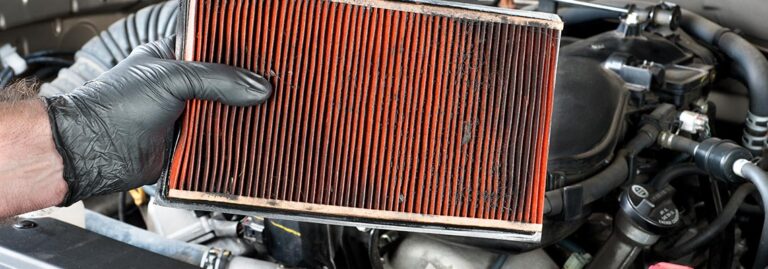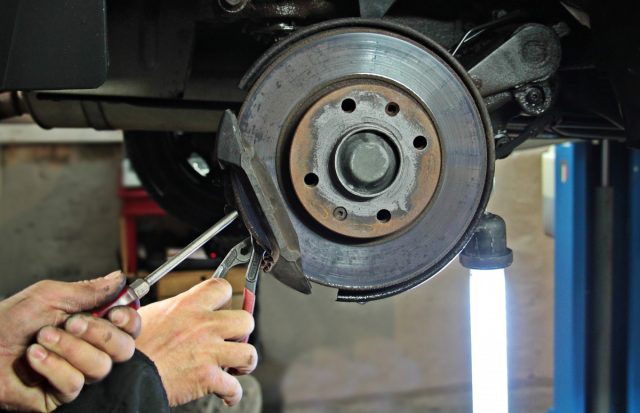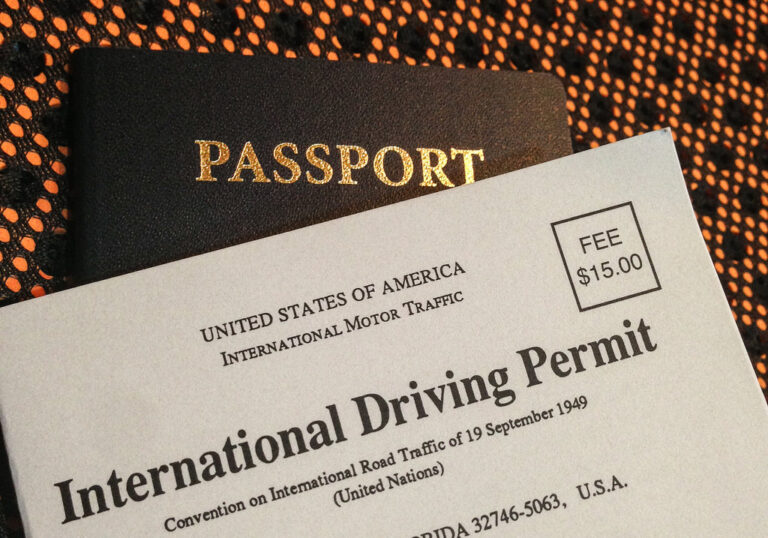Learning to drive is the obsession of many people, who try to learn to drive a car in the correct way, respecting the rules and being ace behind the wheel.

However, learning to drive is something that takes time and cannot be achieved overnight, especially if you want to do it legally (as we always want things to be done here).
Today we are going to explain all the steps you have to take to learn to drive the right way. We will start at the beginning, from getting the car license, to learning to drive efficiently, minimizing the cost of gasoline.
driving directions
- Get the driver’s license: The first thing we must do to drive in a totally legal way is to get the driver’s license. There are people who decide to go out driving without having a license, however, it is a crime that can cost you dearly, from community work, to delays for years to get your license (if you are a minor) or even jail if you are a repeat offender. We always try to strictly respect the current legislation and for this reason, we are going to explain to you first of all how to legalize your situation to be able to drive, that is, how you can get your driver’s license by following these steps.
- Driving school and psychotechnical: The first thing is to go to a driving school to enroll, although you can also take the theoretical exam for free if you go to traffic and pay the fee of approximately 120 euros. However, I recommend the driving school, since it is a little more expensive (you will have to pay the registration fee the same in the practical exam), but you will learn many tricks that will allow you to pass the exam more easily. When you’re ready to take the exam (0 failures in the tests and no doubts), go take the psychotechnical test, otherwise you won’t be able to take the exam and once you’ve passed it, let’s go for the theoretical exam.
- Theoretical Exam: This is an exam of 30 questions related to the tests you have done at the driving school or online. The exam is divided into three different sheets, given at random and different for each person. It is a matter of luck that you get a difficult exam, however, it is usually easier than the exams you have taken at the driving school, so you should not have many problems to pass. Examine yourself calmly, take your time (one minute per question) and review everything before handing in. Remember that at most you can have 3 mistakes out of the 30 questions, so be sure. If you fail, you have another opportunity before renewing papers (paying exam fees again), but then you would only have one opportunity for the practical exam (there are 3 attempts for 2 exams), which is the next step to pass.
- Practices and Practical exam: Now it’s time for the fun part, that is, the driving practices with the driving school car. These practices are offered by the driving school, asking you for a minimum number of practices (between 5 and 10 or none) and without a maximum number of them (those you can afford). Try to do as many as you can until the examiner sees that you are ready, since it is better to spend a little more on practices now than to spend it later on renewing papers. Once you are in the exam, try to be calm and not get nervous, following the examiner’s instructions to the letter. If you have passed, you will be able to drive legally and if you have failed, you have another chance if you have passed the theory the first time and if you have passed it the second time you will have to renew your papers to re-examine yourself (with 3 attempts for each renewal of papers).
- Choosing a car: Now that you have the license, it is time to choose a car to be able to drive correctly. Many people start with their parents, however, many times the parents do not leave us the car or we no longer live with them, so we will have to buy a car to be able to drive. The way to do it is by looking for a car that is suitable for both the pocket and the needs of each one. For example, if you want a car to go to the mountains, look for an SUV and if you want a car for the city, look for a utility vehicle. What I advise you is that it be easy to drive, since you are still a novice and you cannot buy a 400 horsepower sports car to begin with because it is very dangerous (and expensive).
- Choosing insurance: The laws of this country require you to take out insurance to circulate, which must be at least third-party insurance, that is, insurance that covers damages caused to another person (a third party) in the event of an accident. The issue of insurance is complicated and expensive, especially if you are new, since let’s say that the company does not trust you (many accidents among young people), making insurance very expensive for those under 25 with a few years of license. However, there is a little trick that you can do with the help of your parents. You can take out the insurance in the name of your father or mother and you appear as the second driver, in this way, the insurance holder will be over 25 and it will be very cheap while respecting the law. Also, if your parents have the family car insured with that company, they will surely get discounts and bonuses for having taken out another insurance. If you have a very expensive car, get comprehensive insurance, because even if you pay more per year, it is worth it with cars that are too expensive.
- Respect traffic regulations: Once we have a license, car and insurance, we can start driving. I say circular because it is not the same to drive (put in gear, accelerate and turn) than to circulate (do it on roads with cars and pedestrians). What you should do is always respect the current traffic regulations, because if you do not, you are not only going to put your life and that of others at risk, but you also run the risk of getting caught and paying a fairly high fine. . There are really three basic safety rules that must be followed: speed limits, signs and others such as road lines and signs.
- Speed limits: High speed is one of the biggest causes of accidents (only after alcoholism). For this reason, you must always respect the speed limits that the signs indicate, because if you are not seriously risking your life and on top of that, you have a great chance of being fined. Right now most roads are equipped with hidden speed cameras to know your speed. Instead of getting into groups to look for radars and stuff, always go at the correct speed and you will have nothing to fear.
- Traffic signs: Traffic signs indicate what is happening on the road and what you have to do. You have to take into account all the signs and the lines of the road, since they help to circulate better. For example, a give way prevents many traffic accidents (if you don’t believe me, play GTA San Andreas and see what happens when you go through an intersection and they don’t respect the give way). Try to respect all of them and anticipate them, since many times they do not have much visibility, but you can guess a little by instinct. For example, at a junction there is usually a give way or a stop for those who do not have priority. Also respect traffic lights, signs and others.
- Others: There are other rules that are important for road safety, such as driving sober and without doing nonsense like spinning or skidding. Try to respect all the rules you learned in driving school about stopping and parking, park correctly to make room for other cars to get out, never overtake on the right and respect all the traffic rules you can. In this way, you will maintain insurance against accidents and of course, you will be able to be totally free of fines.
- Efficient driving: Efficient driving is a type of driving in which it is a question of using the least amount of fuel possible. In turn, this driving is quite safe, so it is good to know what it brings us.
- High gears: Going in high gears saves gasoline because the car revs less. This means that you need less gas to maintain speed, reducing the cost.
- Do not hit acceleration or braking: The braking and acceleration are enemies of efficient driving. Try to go at a steady speed and brake and accelerate smoothly.
- Do not rush the changes too much: Do not think you are a Formula 1 driver and do not wait for red to change. Shift as soon as the car revs up a bit (the noise) and stick to high gears whenever possible.






